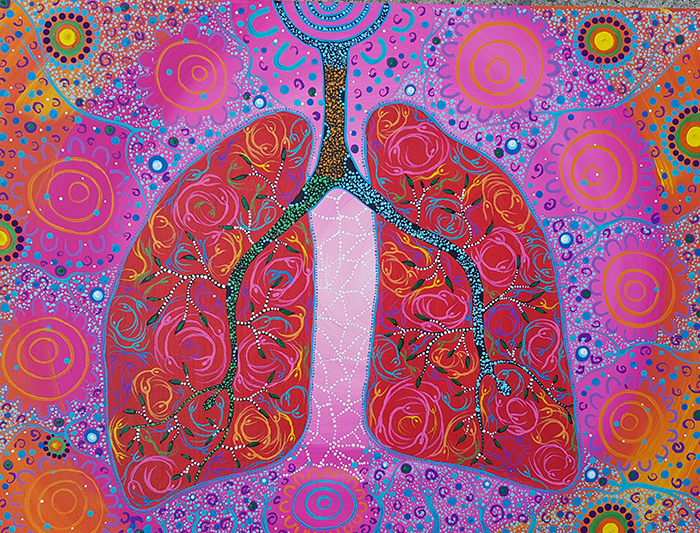Search

News & Events
The Kids Research Institute Australia researchers share in TPCHRF fundingEight The Kids Research Institute Australia researchers are among those who have received grant funding from the Telethon-Perth Children’s Hospital Research Fund (TPCHRF).
News & Events
Childhood asthma targeted in new researchNew research aimed at reducing the airway damage caused by asthma attacks in children has just begun at The Kids for Child Health Research in WA.

News & Events
Perth researchers test stress link to asthmaScientists at The Kids for Child Health Research have launched an innovative project to test the relationship between stress and asthma.

Healthy lungs help you to breathe better. This means you can sleep better, as well as play sports, run and walk without being short winded.
Research
Children with East Asian-Born Parents Have an Increased Risk of Allergy but May Not Have More Asthma in Early ChildhoodChildren of East Asian ancestry born in Australia have a higher burden of most allergic diseases in the first 6 years of life, whereas asthma may follow a different pattern
Research
Upper Airway Cell Transcriptomics Identify a Major New Immunological Phenotype with Strong Clinical Correlates in Young Children with Acute WheezingAsthma exacerbations in children can be divided into IRF7hi versus IRF7lo phenotypes with associated differences in clinical phenotypes
Research
After asthma: Redefining airways diseasesIdentify entrenched areas of asthma management and treatment in which progress has stalled and to challenge current principles
Research
Bronchodilator responsiveness in children with asthma is not influenced by spacer device selectionSpacer device was not associated with clinically important differences in lung function following bronchodilator inhalation in children with asthma
Research
Epigenome-wide meta-analysis of DNA methylation and childhood asthmaNovel loci differentially methylated in newborns represent potential biomarkers of risk of asthma by school age
Research
IRF7-Associated Immunophenotypes Have Dichotomous Responses to Virus/Allergen Coexposure and OM-85-Induced ReprogrammingHigh risk for virus-induced asthma exacerbations in children is associated with an IRF7lo immunophenotype, but the underlying mechanisms are unclear. Here, we applied a Systems Biology approach to an animal model comprising rat strains manifesting high versus low susceptibility to experimental asthma, induced by virus/allergen coexposure, to elucidate the mechanism(s)-of-action of the high-risk asthma immunophenotype.
